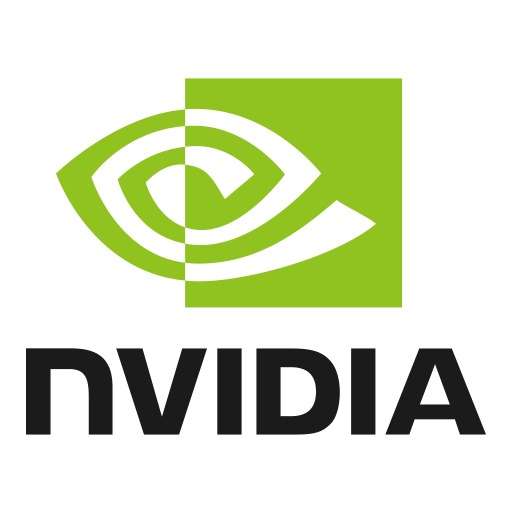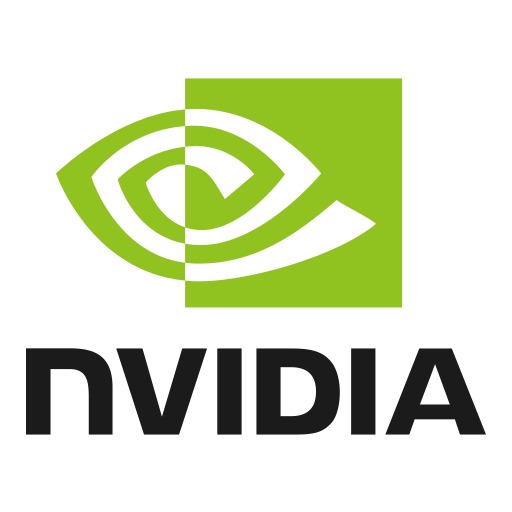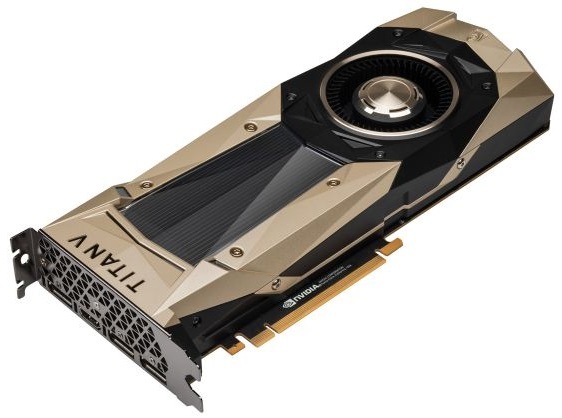With the RTX series of GPUs, NVIDIA has moved to using dual fans as the standard cooling layout on their GeForce and Titan video cards. This is a big change from past generations and has even bigger implications for using NVIDIA graphics cards in multi-GPU workstations. Let’s look at what changed, what it impacts, and what can be done to work around it.








